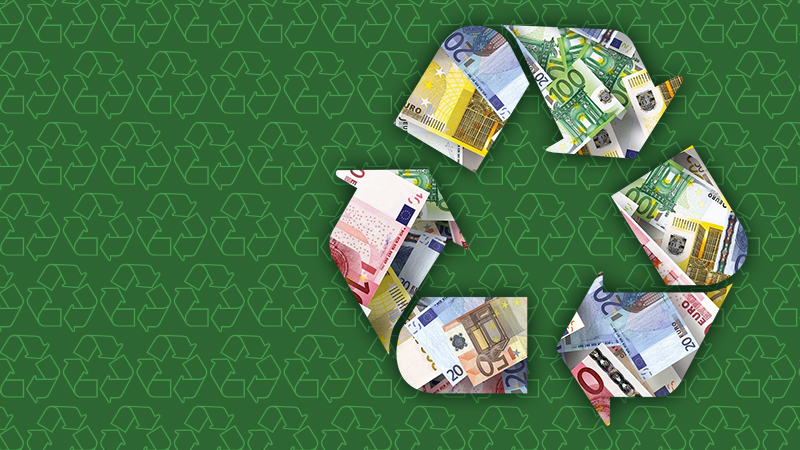A new report exposes why this is a false solution, and warns decision makers of the risks associated with an uncontrolled growth of paper-based packaging. This week, the rapporteurs and shadows in the European Parliament are negotiating key waste prevention parts of the PPWR proposal.
Paper-based food packaging is marketed as a sustainable alternative to plastics, although it is usually combined with plastics or other chemical coatings, it rarely includes recycled content, and it drives global deforestation and industrial water consumption, shows a new report by an NGO coalition consisting of the European Environmental Bureau, Zero Waste Europe, Fern, Environmental Paper Network and the Rethink Plastic alliance.
With the EU currently revising its rules to deal with the uncontrolled growth of packaging waste, the report investigates whether single-use paper represents a credible solution for Europe’s growing waste crisis – an argument regularly presented in expensive and far-reaching lobbying campaigns from packaging producers and fast-food brands. To look into this, the NGO coalition consisting of organisations typically focused on plastic pollution partnered with deforestation NGOs and commissioned a study from the independent research organisation Profundo.
The analysis revealed that paper-based packaging is the largest source of packaging waste in the EU. With 32.7 million tonnes of waste generated in 2020, paper alone makes up for more trash than the two next largest waste material streams, plastic and glass, combined. The report exposes paper-based packaging as a major driver of deforestation in Europe and across the globe. Around 90% of paper pulp is made from wood, and paper production is responsible for about 35% of all clear-felled trees.
The report reveals that Brazil is Europe’s biggest provider of pulp and paper, providing more to Europe than the region’s biggest producers – Sweden and Finland. Brazil tripled its pulp production in the past two decades, and it now covers an area of 7.2 million hectares – twice the surface of Belgium. Eucalyptus and pine plantations in Brazil are exacerbating water scarcity, forest fires and biodiversity loss. Within Europe, Finnish forests have become a net emitter of carbon dioxide due to overlogging and 76% of Finnish forest habitats are classified as threatened.
Hazardous chemicals in paper packaging hamper recycling and endanger consumer health
The report reveals the serious limitations of recycling for food and drinks paper-based packaging. Food and beverage packaging is nearly always combined with plastics or chemicals to make it waterproof or resistant to grease, which impedes the recycling process. This means that in practice, food packaging is often incinerated or landfilled. This shows that recycling alone will definitely not be enough to mitigate the growing demand for virgin fibre led by the uncontrolled growth of single-use paper packaging. The combination of paper with plastics and chemicals also puts the credentials of paper packaging regarding consumer safety in a new light:






